
The Artists Who Made Sarasota Famous
Let's take a look back at the major visual artists who helped to establish our reputation as an art center.
There have been many of them over the decades since The Ringling and the Sarasota Art Association, now called Art Center Sarasota, opened their doors more than 80 years ago. Some were contemporaries, working, teaching and playing together in what came to be called a writers and artists colony. Some knew each other only in passing, coming from different eras and backgrounds and creating in very different styles. For a few, their importance to us today is primarily what they achieved here; for others, their names are familiar around the international art world.
What they had in common was that for some period—a few years or a lifetime—they found Sarasota a congenial spot to live and make their art...away from the usual big-city centers of art, in their own smaller, special corner of the world, and often feeding off a certain synergy that probably can never be duplicated.
Our line-up here is by no means comprehensive; longtime followers of the arts scene could name dozens more. But here’s an introduction to, and a reminder of, 14 artists and their Sarasota connection.
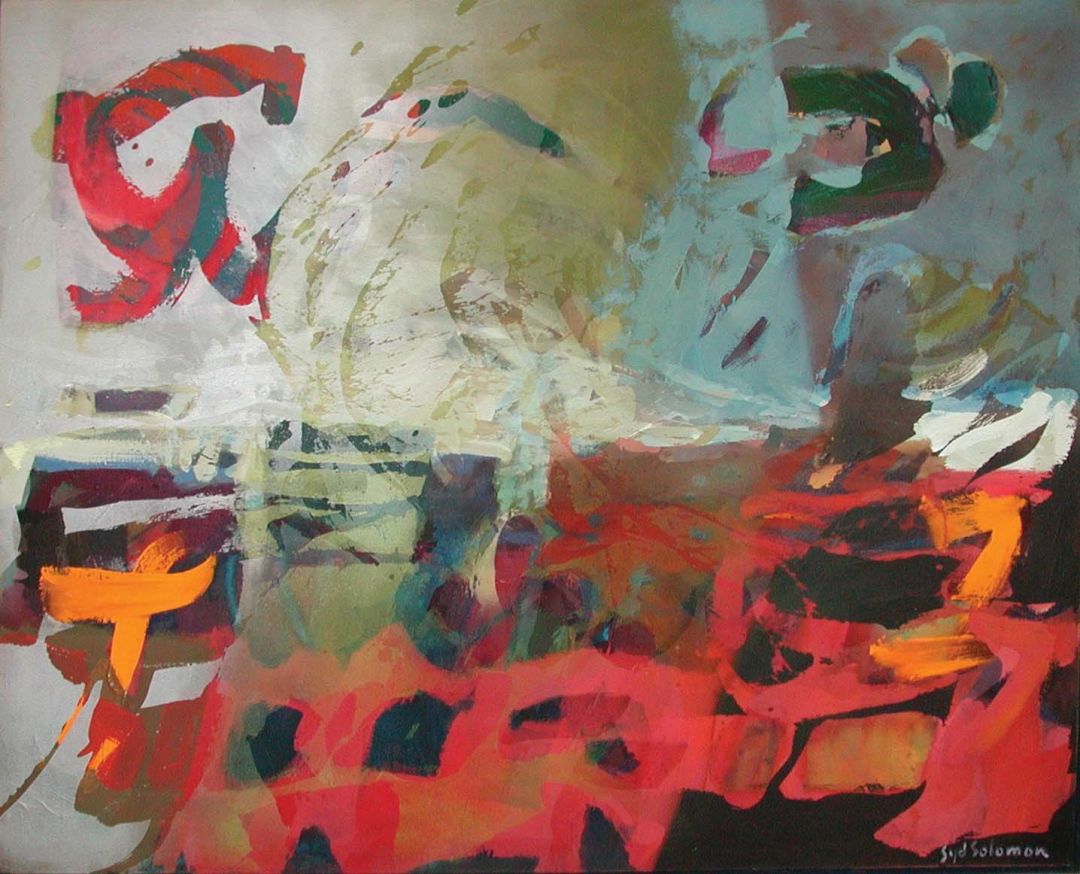
Syd Solomon's Windworld
Image: © Estate of Syd Solomon
Syd Solomon
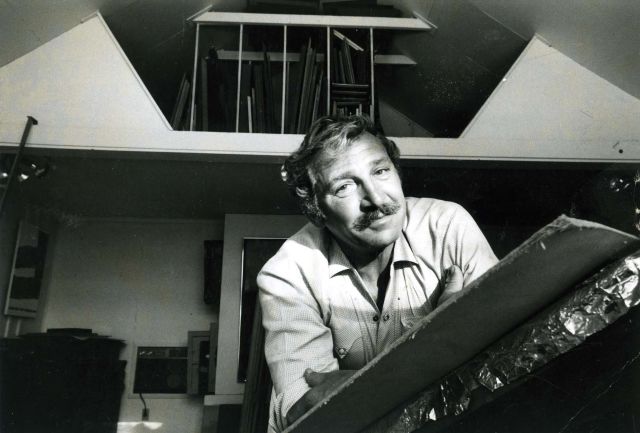
Syd Solomon
Image: Dan Budnik
As mentioned, a retrospective of this abstract expressionist’s career, titled Syd Solomon: Concealed and Revealed, goes on view at The Ringling Dec. 15 through April 26. It will be hard for any one show to fully cover the prolific Solomon’s decades of drawing and painting, often spent in the Siesta Key home and studio he and his wife, Annie, built with Sarasota School architect Gene Leedy. Arriving here with Annie in 1946, Solomon was not only a chronicler of the ever-changing moods and motions of the sea and shoreline in the canvases he worked on, he was a catalyst for bringing other artists to town. The gregarious Solomons, who owned a home on Long Island as well, knew and socialized with many important figures of the New York and international art scene. Several came to visit the couple here, and even to teach at the fledgling New College Fine Arts Institute where Solomon was director in the early 1960s—among them Larry Rivers, James Brooks and Conrad Marca-Relli. Solomon’s works have been featured at the Guggenheim, the Whitney, the Corcoran Gallery of Art and other museums. He died in 2004 after a battle with Alzheimer’s disease.
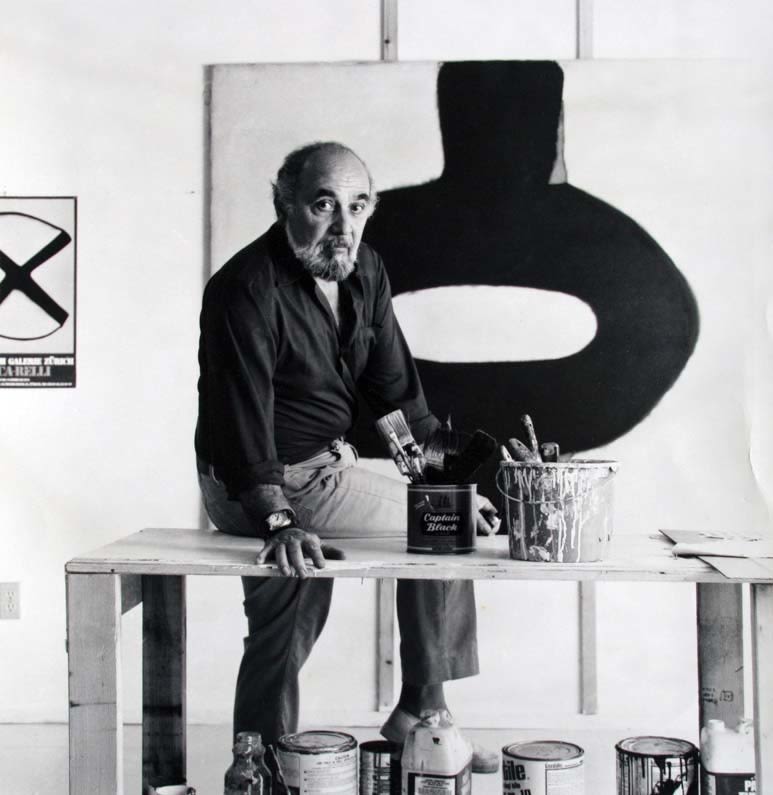
Conrad Marca-Relli in the studio
Image: © Archivio Marca-Relli Parma
Conrad Marca-Relli
Born in Boston of Italian heritage and growing up mostly in New York City, a young Conrad Marca-Relli supported himself in the 1930s by working for the Works Progress Administration, both as a teacher and in the mural painting division of the Federal Art Project. At first his work consisted of cityscapes, still lifes and circus themes (a fascination with the circus recurs often among our artists), but he’s best known for the monumental-scale collages he created from the early 1950s on. Eventually these came, most often, to employ black colors and shapes or cutouts against a neutral background. His connection with Sarasota began when he and wife Anita arrived in 1964 for him to teach at the New College Fine Arts Institute. The couple lived for some time at the Beach Haven condos on Midnight Pass Road before moving to Ibiza; they returned in the 1980s and built a studio on Point of Rocks Road where they lived until 1988. His works are in collections including the Guggenheim, the Museum of Modern Art, the Whitney, the Carnegie Institute and many more, as well as The Ringling. He died in Italy in 2000.
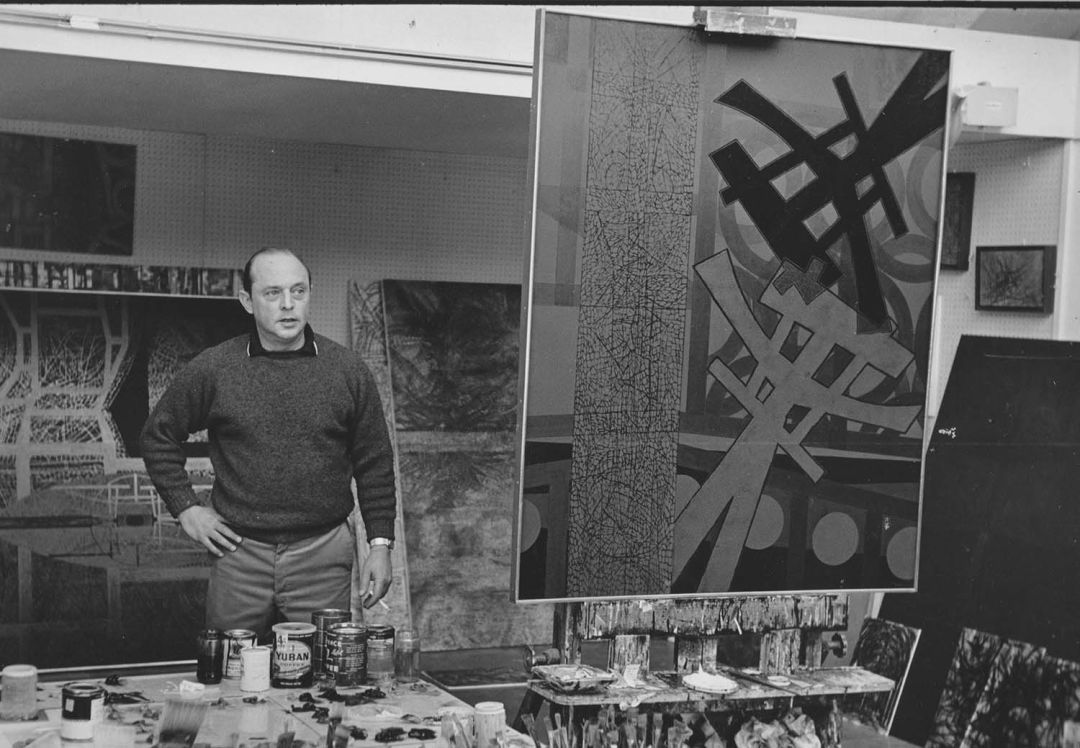
Painter Jimmy Ernst in 1959.
Image: Courtesy Eric Ernst
Jimmy Ernst
The son of Max Ernst, a highly influential leader of the Dada and Surrealist art movements, and art historian Luise Straus, Ernst grew up surrounded by family friends and creatives like Luis Buñuel, Salvador Dalí, Joan Miró, Man Ray and Paul Klee. Born in Cologne, Germany, he arrived in New York City in 1938 as a refugee from Nazism and impending war and began painting as an “abstract surrealist,” forming a sort of bridge between the European Surrealists he had known and the abstract expressionists he soon became acquainted with in the United States. Among them: Jackson Pollock, Robert Motherwell and Willem de Kooning, famously photographed in a group of 18 abstract artists (including Ernst) for Life magazine, which termed the group the “irascibles.”
His connection with Sarasota began when he and wife Dallas visited the Solomons, who were also neighbors of theirs in East Hampton. The couple built a home and studio on Casey Key, where Ernst set to work on his epic Sea of Grass series of paintings, inspired by a trip to the Everglades. He also wrote an autobiography, A Not So Still Life, a fascinating recollection of a life cut short by his sudden death in 1984.
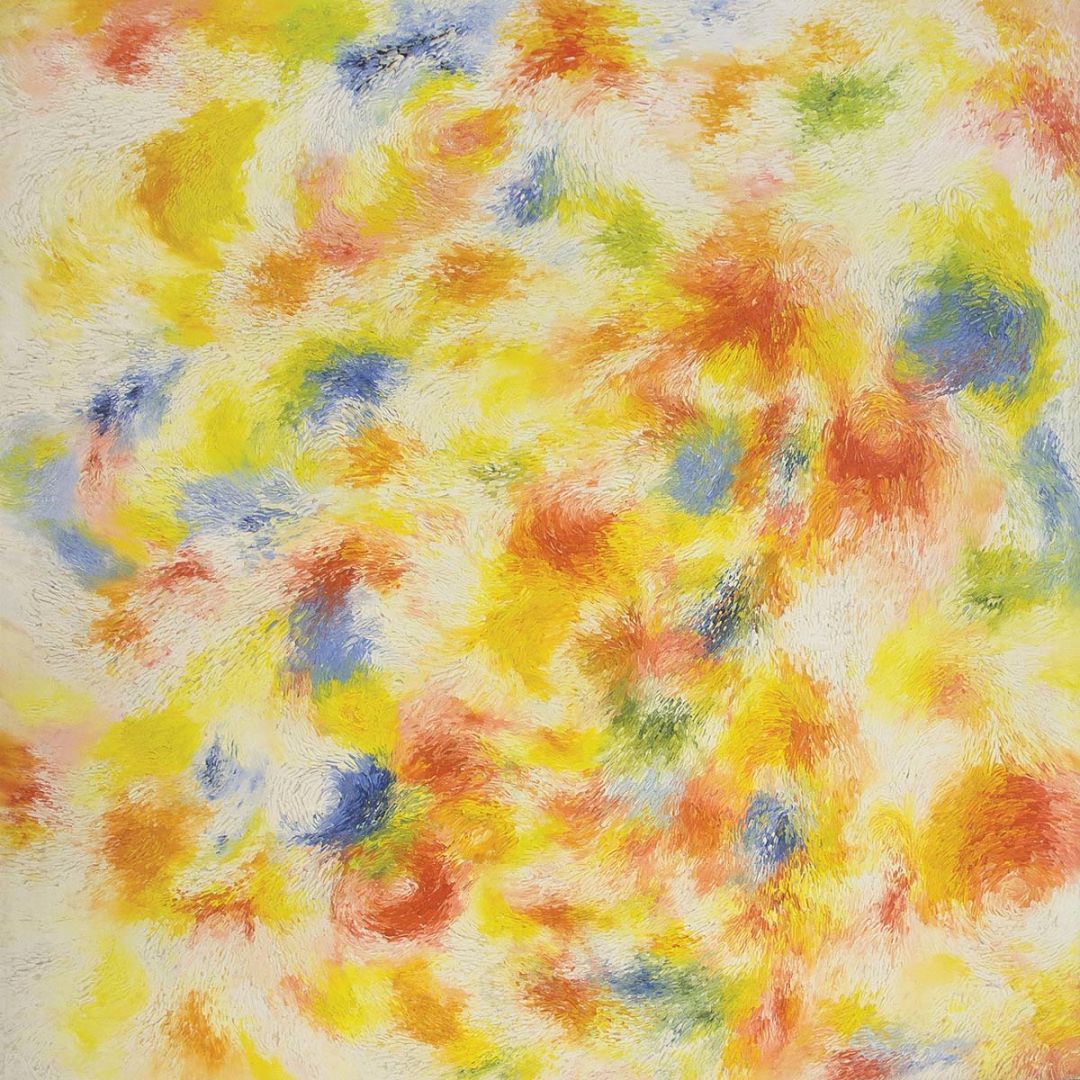
David Budd's L’Artifice (1957)
David Budd
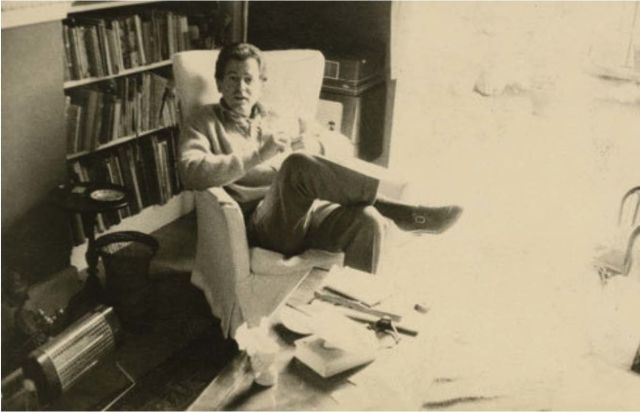
David Budd
A friend and contemporary of Syd Solomon’s, David Budd was a fourth-generation Floridian. Born in St. Petersburg, he came to Sarasota in 1948 to study at the Ringling School of Art, but his dreams extended far beyond this small city. He and his first wife, Corcaita Cristiani, a member of the famous equestrian Cristiani circus family, traveled the world with the circus. One of his most important stops was New York City, where he met his idol, Jackson Pollock, and other abstract expressionists, drinking and talking at the Cedar Bar. Pollock helped arrange an early exhibition of Budd’s work at the Betty Parsons Gallery in New York in the late 1950s. Budd also lived for a time in Paris, collaborating on a show of paintings with writer William S. Burroughs. Visiting Sarasota often, and later returning to spend the last few years of his life here, Budd developed his trademark technique of using a palette knife to swirl heavy layers of oil pigment onto the intense monochromatic surfaces of his often enormous canvases. His work is in the collections of the Museum of Modern Art, the Metropolitan Museum of Art and the Solomon R. Guggenheim Museum.
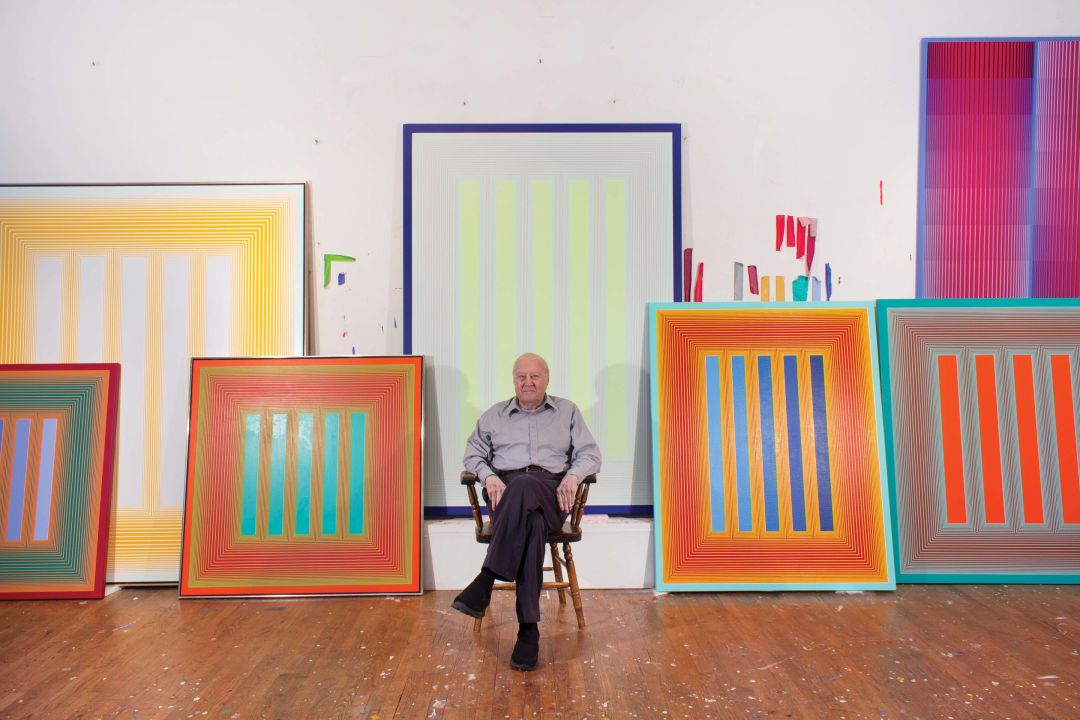
Richard Anuszkiewicz in a recent photo
Richard Anuszkiewicz
Although his time spent in Sarasota sometimes overlapped with other artists named here (including Syd Solomon, John Chamberlain and Jimmy Ernst), the imagery Richard Anuszkiewicz is famed for is very different in style: He’s a founder of the Op Art movement that first stirred the art world in the late 1960s and early 1970s. He trained with master colorist Josef Albers at Yale, and much of his work can be viewed as a further experimentation following Albers’ Homage to the Square color juxtapositions and square forms. In 1964, Life magazine called him “one of the new wizards of Op,” and, while no longer “new,” he has continued to wear that mantle, producing paintings of vibrant color and geometric composition that explore optical change and illusion. He came to Sarasota in 1977 when The Ringling mounted a retrospective of his work, and he and his wife Sally lived for several years in a home on Siesta Key. (He lives now in New Jersey.) As with several artists mentioned here, you can see his work at the Van Wezel in the collection of what was formerly the Fine Arts Society of Sarasota as well as the Art Institute of Chicago, the Metropolitan Museum, MoMA and the Whitney.
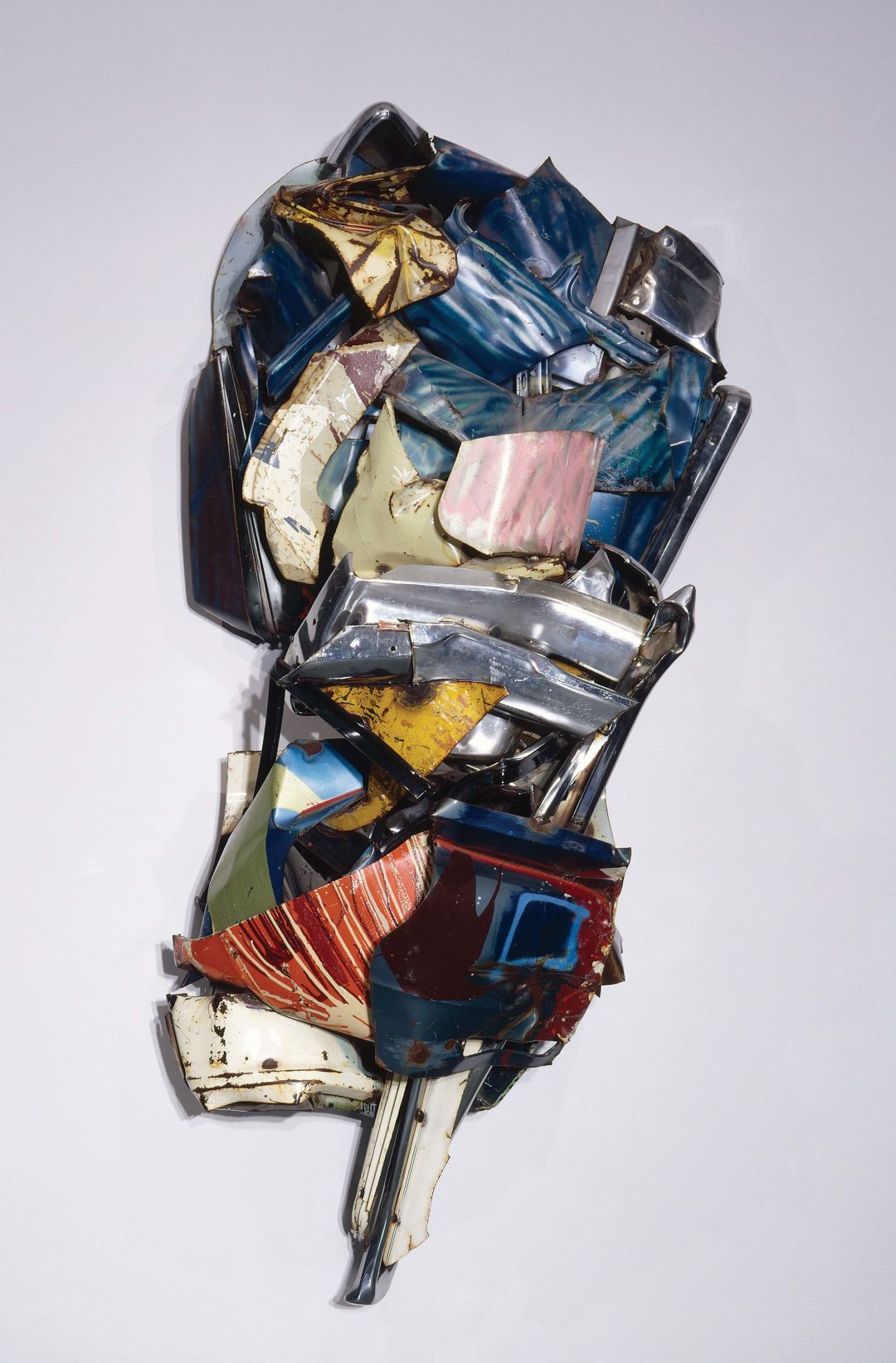
John Chamberlain’s assemblage Added Pleasure
Image: Courtesy The Ringling
John Chamberlain
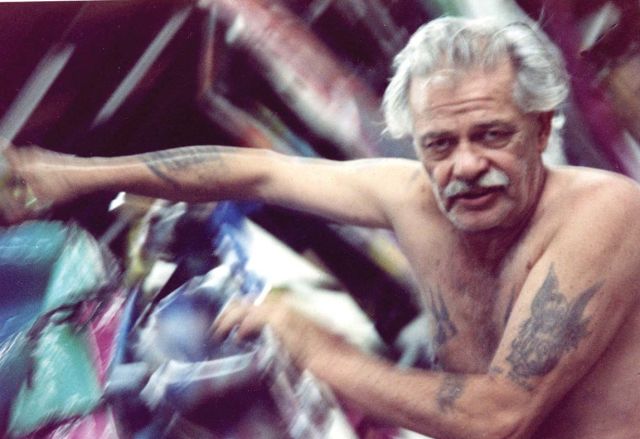
John Chamberlain
Image: Courtesy Duncan Chamberlain
Arguably the most famous of all the artists on this list, sculptor John Chamberlain made his reputation on the pieces he constructed of used auto parts, a medium he began working with in the 1950s. His original method of putting these parts together into crushed, welded, massive works of art brought him inclusion in the exhibition The Art of Assemblage at the Museum of Modern Art in 1961, alongside such masters as Marcel Duchamp and Pablo Picasso. His work has been exhibited around the world, and is in the collections of the Centre Pompidou, the Dia: Beacon, the Hirshhorn Museum, the Menil Collection and the Tate Modern.
A larger-than-life figure with the swagger of the sailor he was, Chamberlain lived in Sarasota beginning in 1979, at first aboard his 65-foot-yacht docked at Marina Jack. (His friendships with fellow artists like David Budd and Syd Solomon had already made him familiar with the area.) Soon he purchased an 18,000-square-foot warehouse on Cocoanut Avenue that allowed him to work on a grander scale, and, deploying a small army of assistants, a productive one. He eventually departed Sarasota for New York’s Shelter Island and died in 2011. Son Duncan, also a metal sculptor, still lives and works in Sarasota.
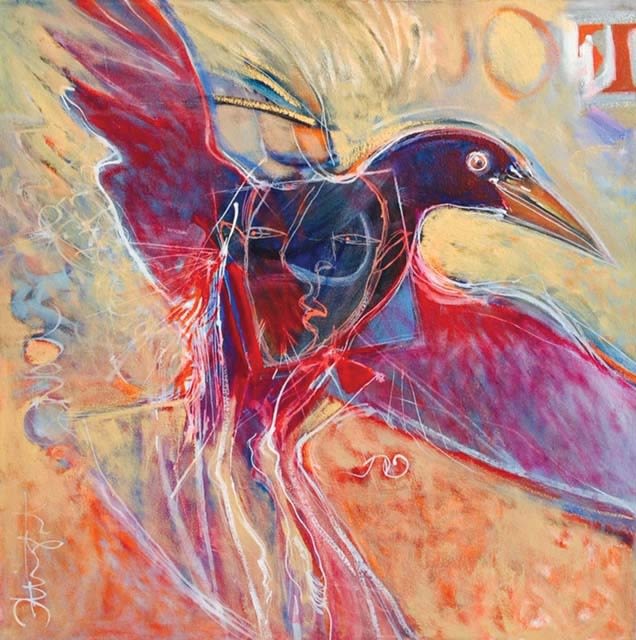
Rubadoux’s oil Flight
Craig Rubadoux
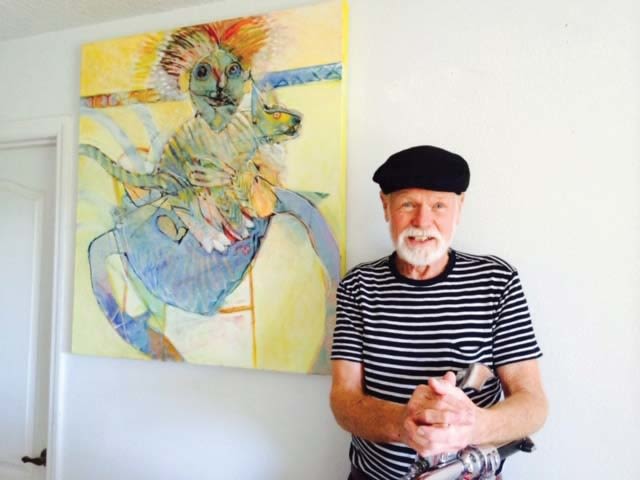
Craig Rubadoux today
In one of those fortuitous connections that happen more often than you might think, Rubadoux served in his early years as an apprentice to Ben Stahl, traveling with him and his wife to Spain for an extended period of time that opened his eyes to the history and sweep of art. Born in Rochester, New York, Rubadoux moved to Sarasota while still a child, and, like many other Sarasota artists, spent time drawing the exotic animals and performers of the Ringling Bros. and Barnum & Bailey Circus that fascinated him. He was also drawn to the nature around him, living and painting his colorful canvases (sometimes of otters, birds and other wildlife) for years in his home along the Braden River. With a fluid style and an inborn talent (fellow painter Syd Solomon is quoted as having said that Rubadoux “can draw like an angel”), the artist himself says his work is “figurative, abstract and magically mystical.” He continues to exhibit here, in his second home of Nova Scotia, and elsewhere; his work is in the collections of the Guggenheim, The Ringling, The High Museum in Atlanta and many others.
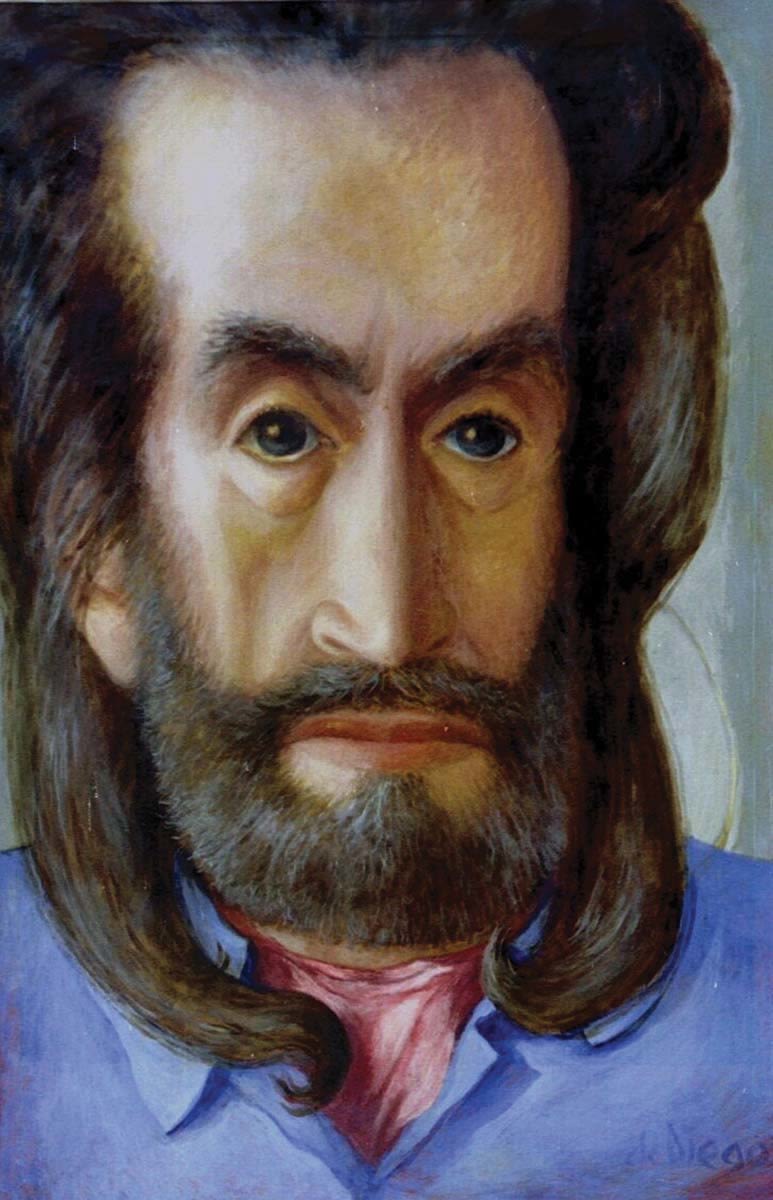
A self-portrait by Julio de Diego.
Image: Courtesy Arts Advocates
Julio de Diego
Mention the name Julio de Diego, and Sarasota art crowd old-timers will instantly summon up a memory of a long-haired, bearded man with piercing eyes, swirling a black cape, sporting gold chains around his neck and speaking with a Spanish accent as flamboyant as the man himself. He was definitely one of those artists known as much for his lifestyle as his work—especially when it came to women and even more especially to his second wife, burlesque queen Gypsy Rose Lee. De Diego, born in Madrid, had a full and varied career, whether as a set and costume designer, fashion illustrator or even serving in the Spanish cavalry. He could also tackle serious subjects in his paintings, including the horrors of war and the shadow of the atomic bomb, and he created a number of memorable self-portraits. Many were painted in his Indian Beach home, where he frequently welcomed a mix of established artists and aspiring students for food and conversation. He was also an occasional actor, no surprise considering his love of making a dramatic entrance. He died in Sarasota in 1979.
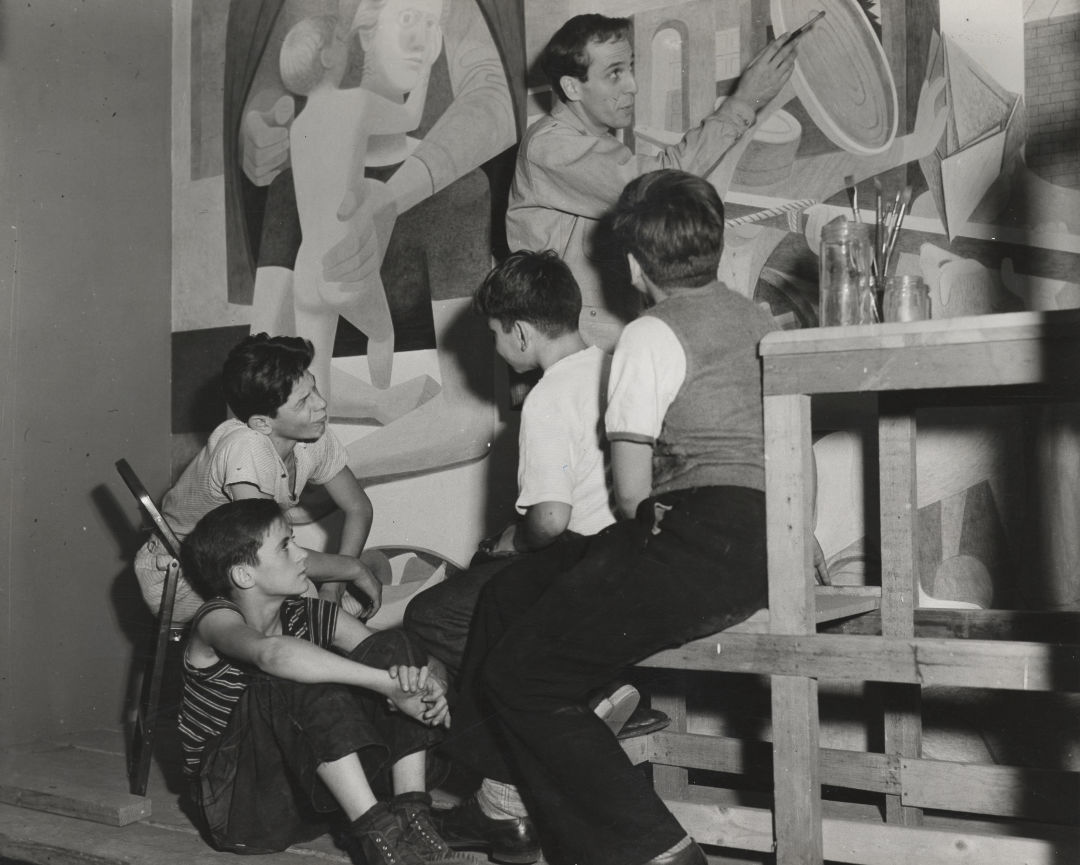
Image: Wikimedia Commons
Philip Guston
Probably not many admirers of Philip Guston’s work, whether as a painter and printmaker in the New York School or later in his transition from abstract expressionism to more representational work, would guess he ever lived and worked in Sarasota. Certainly the subject matter of the drawings he created here, during several winters in the 1960s spent at Beach Haven on Siesta Key, doesn’t seem influenced by sunny beach surroundings or Florida nature, as is the case with other Sarasota artists. In fact, for Guston, who was born Phillip Goldstein and was a high school classmate and friend of Jackson Pollock, the years he spent here, also teaching at the New College Fine Arts Institute, were a period of major change. He was departing from the style that had made him famous in the 1950s, and he was separated from his wife, the painter and poet Musa McKim. The artistic results, which were labeled cartoonish in their deliberately crude depictions of mundane objects like shoes or clocks, were ridiculed by critics when first exhibited in 1970, leading Guston to largely withdraw from the New York art world. By the time of his death in 1980, however, appreciation for this later, more personal work had grown.

Ben Stahl at work on Descent from the Cross for his Sarasota Museum of the Cross.
Ben Stahl
Ben Stahl may be best known for a major mystery in his life: the theft of his series depicting the 14 Stations of the Cross in 1969. The monumental canvases, first housed in the Victor Lundy-designed furniture showroom now known as the Sarasota Art Museum’s The Works, then in a museum farther south on Tamiami Trail, were stolen in a brazen robbery later re-enacted on the television show Unsolved Mysteries in 1993. (They remain missing.)
Long before that, Stahl was one of the most famous illustrators in America, his work appearing in Cosmopolitan, Esquire, American Artist and, most frequently, the Saturday Evening Post. (He was also a writer, with his novel Blackbeard’s Ghost made into a Disney movie in 1968.) Although he did not have much formal schooling himself, he was on the founding faculty for the Famous Artists School (the largest correspondence school in the world), starred in the 1976 TV series Journey into Art with Ben Stahl, and guest-starred on the seventh season of The Joy of Painting, admiringly named as “one of the best painters in the country” by host Bob Ross. He and his wife, Ella, lived in a Lundy-designed home on Siesta Key starting in 1953, and he was a dominant presence in the local arts community.
Jon Corbino
Jon Corbino was another artist who found inspiration for some of his paintings in the exotic animals and performers of the Ringling Bros. and Barnum & Bailey Circus. (He had a special affinity for horses.) Born in Sicily in 1905, he came to the United States with his parents at the age of 8, growing up in New York City and displaying an early talent for art, eventually enrolling in the famed Art Students League there. He also developed a reputation for his dramatic images of people bravely facing catastrophes like wars, floods and earthquakes. (When the Museum of Fine Arts in St. Petersburg, Florida, hosted a memorial retrospective in 1987, the catalogue was titled Jon Corbino: An Heroic Vision.) Visiting his friends and fellow artists Helen Sawyer and Jerry Farnsworth in Sarasota in the 1950s, he found the small seaside city congenial and began to spend his winters here with a growing young family and his wife, Marcia, a photojournalist, who herself became a leading writer on the arts scene (and a co-author of the book A History of Visual Art in Sarasota.) His work was featured in three Venice Biennales and is in the collections of more than 90 museums, and he was honored as a National Academician.
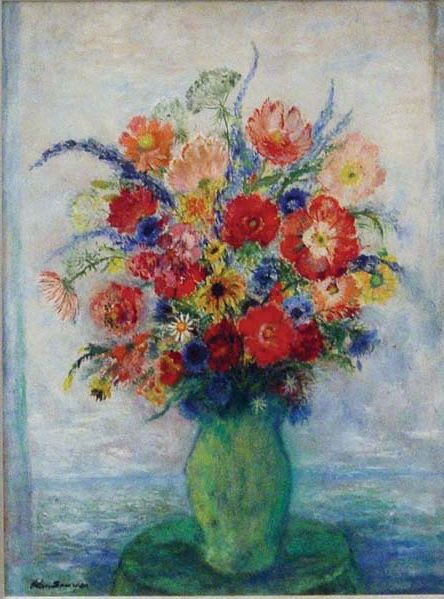
Helen Sawyer's oil painting Summer Bouquet
Image: Courtesy Dabbert Gallery
Helen Sawyer and Jerry Farnsworth
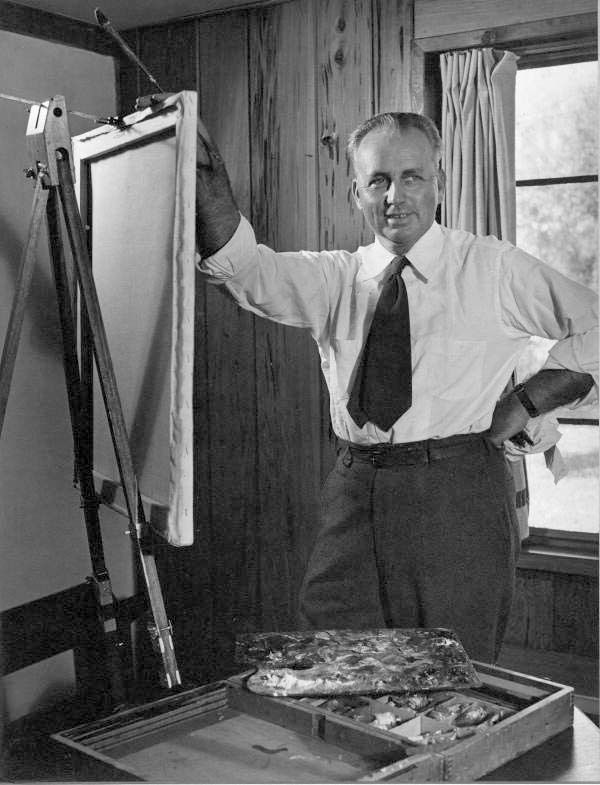
Farnsworth at work in Sarasota.
Image: Courtesy FloridaMemory.com
It might be cheating a bit to combine these two artists into one entry, but this couple—acknowledged by many as the founders of the Sarasota arts colony in the late 1930s—seems impossible to separate. Sophisticated citizens of the world, they spent much of their time in Greenwich Village or on Cape Cod, wintering here in their home on Roberts Bay. Sawyer, the daughter of watercolorist Wells Sawyer, was fascinated by nature as a girl strolling the banks of the Hudson River with her father; when she moved to Florida, she transferred her love of landscape to the Gulf of Mexico and its moods, also sketching the animals of the Ringling Bros. and Barnum & Bailey Circus as they trained at the Winter Quarters here. Farnsworth, on the other hand, was a first-class portrait painter, commissioned by Time magazine to render images of celebrities for its covers. (His portrait of Adolf Hitler with his dog, for example, was a Time cover in 1933.) In Sarasota, the two were active in the new Ringling School’s Beaux Arts Ball, helped the Sarasota Art Association raise money for a permanent home, and opened a winter art school in Sarasota where future generation of artists followed in their footsteps.
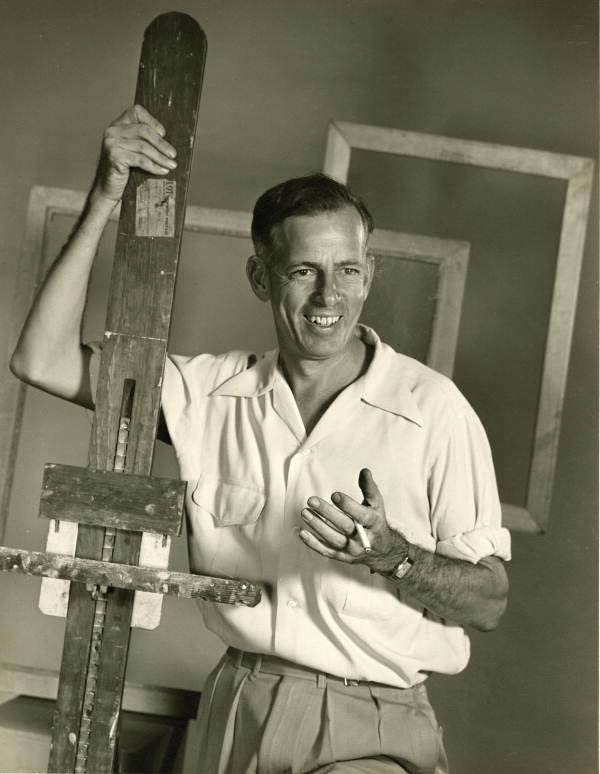
Artist and teacher Hilton Leech in Sarasota.
Image: Courtesy FloridaMemory.com
Hilton Leech
The significance of the Hilton Leech House and Amagansett Art School, founded by Hilton Leech on Hillview Street in 1948, may sometimes overshadow Leech’s own reputation as a painter. On that property (later the studio of the sculptor Frank Colson and selected in 1995 for the U.S. National Register of Historic Places) and the later unique site, The Round House on Riverwood Avenue, Leech shared his love of art with his students, occasionally dipping a fishing pole in the water when on field trips with landscape classes. He came to Sarasota in 1931 as one of the Ringling School of Art’s first instructors, and, as he wrote in an introduction to his book The Joys of Watercolor, “I found that in teaching others, I began learning more than I had ever known before.” But his own watercolors—of tug boats, mangrove birds, Montauk Harbor and other scenes—found favor with curators and art writers, too. He had numerous one-man shows, and his paintings were exhibited at the Metropolitan and Whitney museums, the Art Institute of Chicago, and the National Gallery of Art. His wife, Dorothy, was a painter in her own right; among other assignments, she worked on murals for the ballroom at the Lido Beach Casino.
Intrigued by these artists and their careers? You can read more in the invaluable resource A History of Visual Art in Sarasota, published by University Press of Florida in 2003 and available on Amazon; it was also essential help in putting together this story.